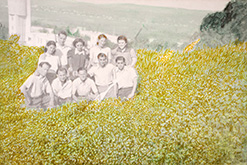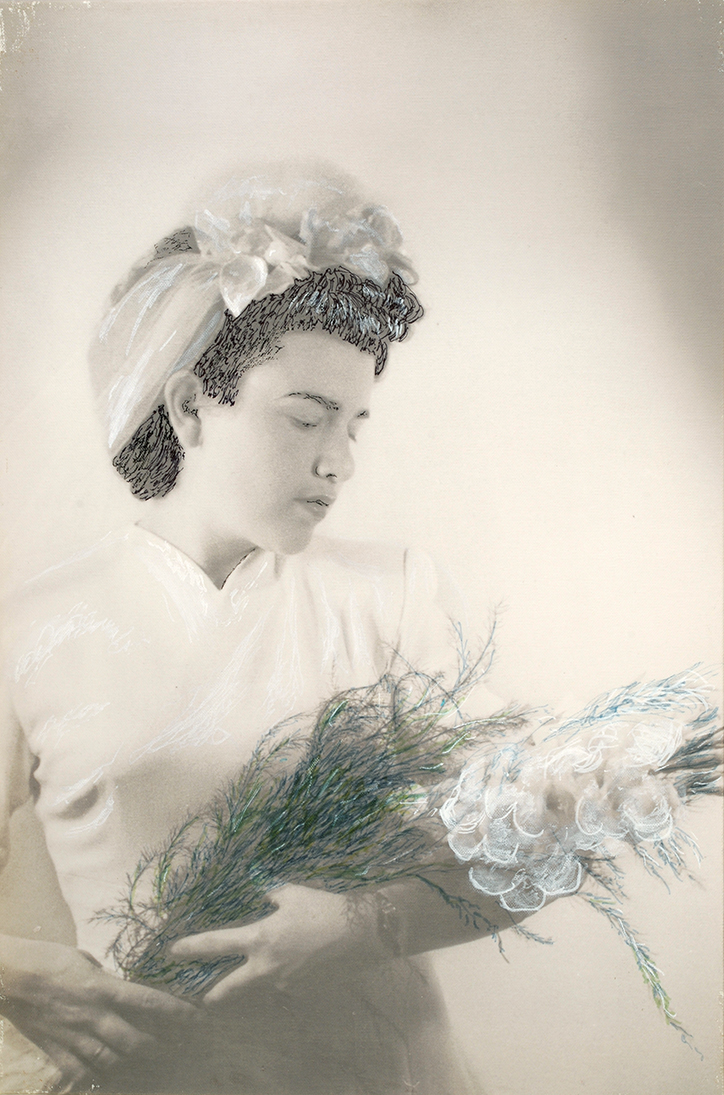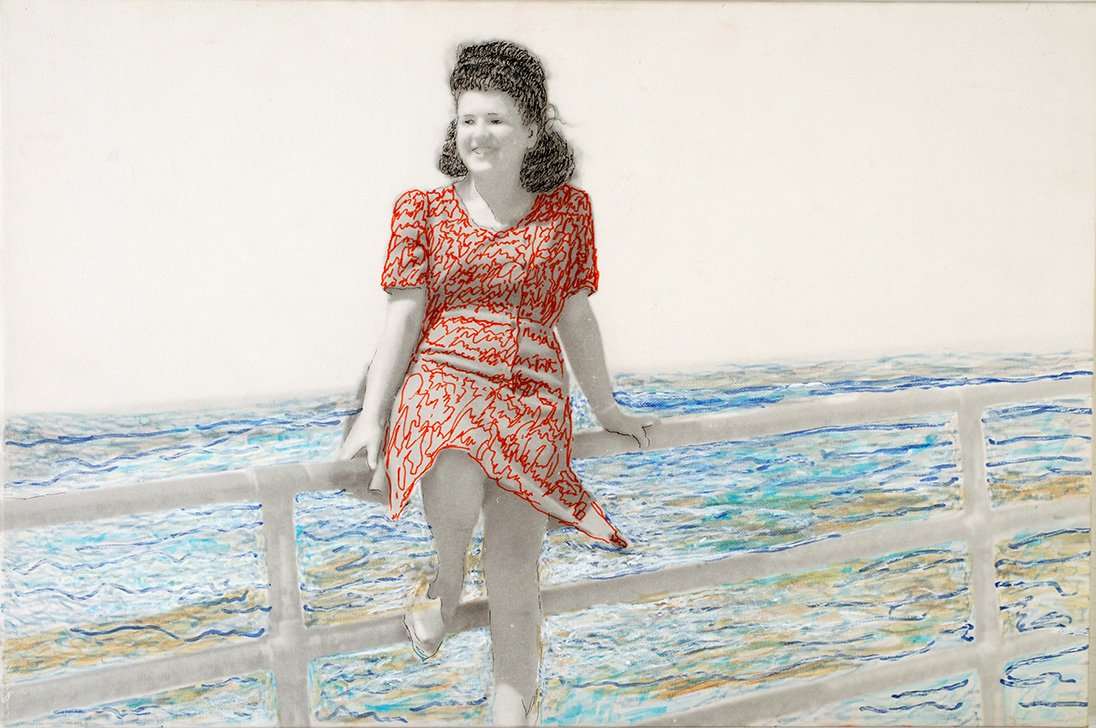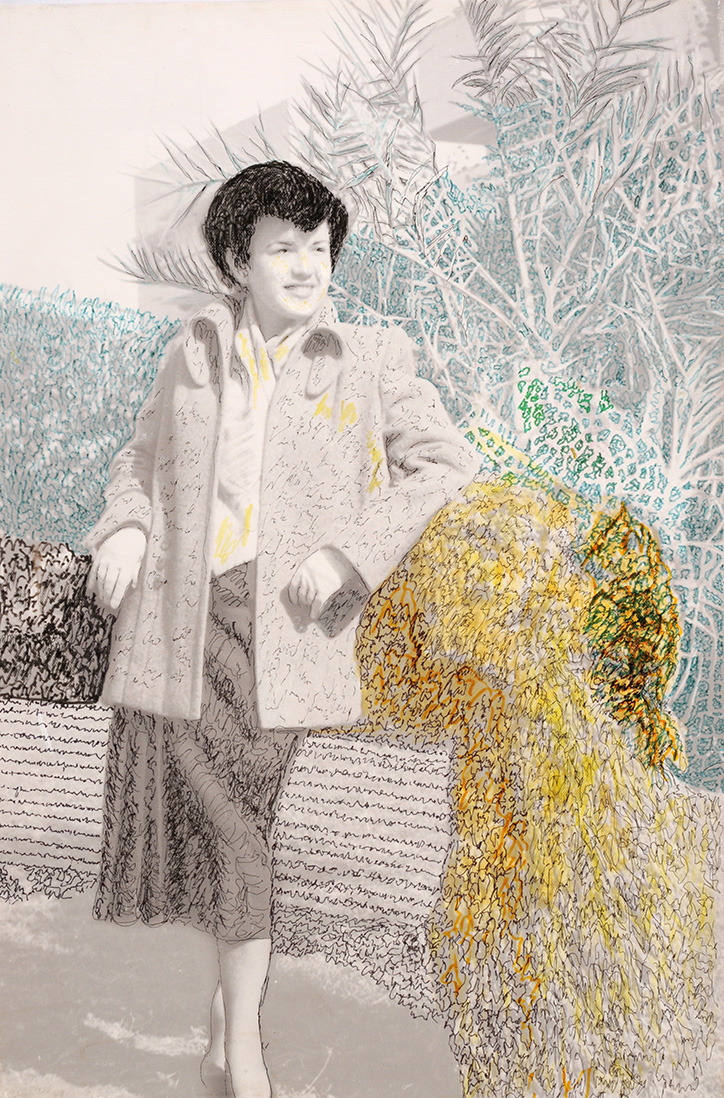|
<Back |
Next> |
Signs of Time Rachel Sukman
She came to me passionate and energetic, a bundle of papers in hand, to present her new drawings. Thus, in early 2002, began my acquaintance with Sonia Gurfein before her exhibition "The Path of Random Drawings." Gurfein felt she had succeeded in drawing nearer to abstract painting, which was entirely foreign to her theretofore. She looked like a girl in love with a permanent smile and shining eyes. That year her works were featured in "Omanut Haaretz" project at the Reading C ompound , Tel Aviv. For many years Gurfein drew nature and landscape views, thus, unknowingly, joining artists such as Anna Ticho and Leon Engelsberg, who portrayed the landscapes of Jerusalem and the Judean Mountains . Throughout the years she has traversed the fields of life with drawing tools in hand,Replica Watches seeking themes to depict and subsequently turning to the act of drawing them intuitively. While her emotional roots lie clearly far away from here, she does not wallow in nostalgia, and her drawings, in black on white, are fresh, reformulating reality with small, rhythmic gestures. We began work on the current exhibition, "Signs of Time," early in 2013, a time in which Gurfein was seeking themes to paint. At some point she pulled old pictures from an envelope: small-scale photographs from the late 1940s whose white margins had been clipped with a serrated cutter as was customary in photography shops at the time, which portrayed stations in the young life of Sonia Birger: her travels in Europe after the release from the camps in the wake of World War II, in search of her lost mother; joining Jewish youths who wanted to immigrate to Palestine; the short trip they took to Venice while waiting for immigration; the travel in the illegal immigrant ship to Atlit to make a permanent home in Palestine; residence in two kibbutzim and finally settling in Tel Aviv; finding her mother; joining the Israeli Police force; her marriage with Jacob Gurfein; and the moving 30th anniversary reunion held in Tel Aviv in 1975 of the Nonantola group with whom she immigrated. Gurfein clearly had numerous signs of time. I suggested that she process them into works in which the past would be doubly present: as a black-and-white photograph and as a colorful memory which she relives today.
August 2014
Sonia Gurfein: Between Life and Art, between Venice and Tel Aviv Sonia Gurfein's recent body of works addresses the strong affinity in her work between photography, painting, and life itself; a link which is at once a bond and a rebellion against the traumatic war atrocities she experienced prior to the crucial years on which her current exhibition is centered.Audemars Piguet Replica Watches These are brief stations in her life which took place in a limited time span, yet one which was meaningful and fateful in paving her future path. In retrospect, she introduces trivial events to small-scaled canvases, occurrences which were photographed and documented in black-and-white or sepia in the post-World War II reality, and are now printed on her canvases as an initial ground. Via an act of painting, Gurfein interferes with these surfaces of printed canvas, blending one medium with the other to recreate a memory-testimony from an overview. The inevitable link between life and art has led her to artistic regeneration and intense practice, as she reaches her 90th year. Gurfein, an only child, was born in Vilna , Poland ( now Vilnius , Lithuania ) in 1927. Following the German invasion in 1941, the family was sent to the ghetto. Her father was shot and killed, her mother remained in the ghetto, and the 14-year-old Sonia was sent to a nearby labor camp. It was her painting talent, she says, that saved her life and helped her support her mother and provide her with food. Her idea?to make painted greeting cards for the upcoming Christmas?was embraced by the camp commanders and changed the course of her life. Later on she painted the portraits of one of the commanders' families. When she was transferred with her mother to the Stutthof concentration camp, and from there to other camps, her life was again saved thanks to her talent, which enabled her to secure food and better living conditions within the horror in which they were trapped. A pair of wooden clogs she had received from an SS officer in appreciation of her talent rescued her from certain death when she was later sent on the Death March, from which she ultimately managed to escape. Henceforth Gurfein made her way to freedom (other than one childhood photograph, which she entrusted back in those days with a Polish family, she carries no sign or memory of her early years). After many hardships she arrived independently in Bia ? ystok , where she met a group of young war refugees and together they joined forces with representatives of Hashomer Hatza'ir who were making arrangements for illegal immigration to Palestine . After a long train ride and a short sojourn in Romania , the group arrived in Nonantola, a village near Modena . From that period she has photographs, showing her and her friends during their stay in the Italian village, as well as photographs from trips they took to Venice and Rome while waiting to sail. These photographs begin the chronology of the exhibition route. In the addition she painted on a canvas printed with a photograph from 1945, Gurfein emphasized her own figure against the backdrop of an ornate Venetian column, and her peers against an urban landscape. Combining self-portrait and group portrait, she strives to highlight the sense of vitality and hope at the end of the war, and the anticipation for a new life. Gurfein and the group members finally embarked on the Enzo Sereni which left the Italian Bari for Haifa . The ship was intercepted by the British, and all the illegal immigrants on board were transferred to the detention camp in Atlit. This is where the story of Gurfein's assimilation in the country began. Initially she was sent to Kibbutz Dafna in the Galilee, and shortly thereafter moved to Kibbutz Yagur, which, she gladly discovered, was close to Haifa . The next paintings in the exhibition document her stay in Yagur, where she perpetuated her friend Luba on the tractor, her friends from the immigration days who came to visit her and had their picture taken in the field, with the kibbutz seen in the far background, as well as a self-portrait, also set against the backdrop of the fields and the kibbutz. Two additional works allude to an exciting trip to Haifa she took with her friend Bella to visit a friend. Two photographs remain from that trip, which complement the series: a self-portrait, and a joint portrait with Bella, as the two are seen through the window of her Haifa friend's home. In 1948 Gurfein joined the Israel Police, where she worked in investigations and subsequently moved to the graphics department. During her service, she documented herself in two self-portraits, in uniform. This was also the time when she met her future husband, Jacob Gurfein, an army man, and the two married in a military ceremony. One work in the exhibition perpetuates the artist as a bride. An outstanding work, it is markedly bright and clean, and, in fact, portrays a different time and place from the wedding event itself, since the wedding film was unfortunately burned, and all Sonia could do was stage a renewed photograph of herself on her wedding day, carrying the white bouquet, as sole documentation of the wedding memory. The reconstruction of her image as a bride was perpetuated more forcefully the second time, as a minimalist work in the sequence of her chronicles at the time. The following paintings in the exhibition depict the beginning of Gurfein's life in Tel Aviv, where she assimilated over the years (including the moves between the Mahlul neighborhood, the Pioneer Women's House, Ba'alei Melacha Street , Masaryk Square , and finally?her current home in the city's north). A series of self-portraits set against the Tel Aviv promenade, the beach, and various spots in the city depicts the artist at the height of her feminine maturity, in erotic postures, wearing floral dresses outlined with a confident, skilled hand. At this point Gurfein concludes the journey portraying the transition from post-war Europe to her new homeland, a journey which vanquished death and turned to realms of life. The period depicted on the light-colored canvases, dominated by reduction, has yet another significance. These were the years in which Gurfein stopped painting. She resumed painting after an interval of nearly three decades. At 42 she began from scratch, and went to study at the Art Institute, Bat Yam , and the Avni Institute, Tel Aviv. She has not stopped creating art since. Initially she avoided "Jewish" themes, as she calls them, and painted mainly Israeli vistas, still life, flowers, etc. In the course of time she felt a strong urge to commemorate the Holocaust, and dedicated many works to the painful subject in exhibitions entitled "She Walked and Cried, Walked and Laughed," "Portraits from the Polish Album," or " About Life and Death," as well as works which bore such titles as Womanly Sights of the Gas Chambers and Bleeding Common Grave . All these bespeak her obsessive need to delve into the other life that cannot be forgotten. Having passed her 80th year, Gurfein embarked on a new journey into the depths of her soul, and out, to a given time frame in which a great hope and a yearning for life were spawned, conveying them with moving, restrained, and close-knit artistic language which took shape and surpassed the fragments from which it evolved. Hana Kofler, Tel Aviv, July 2014 Shirley Meshulam |
.jpg)
.jpg)
.jpg)


.jpg)
.jpg)
.jpg)
.jpg)
.jpg)
.jpg)
.jpg)


